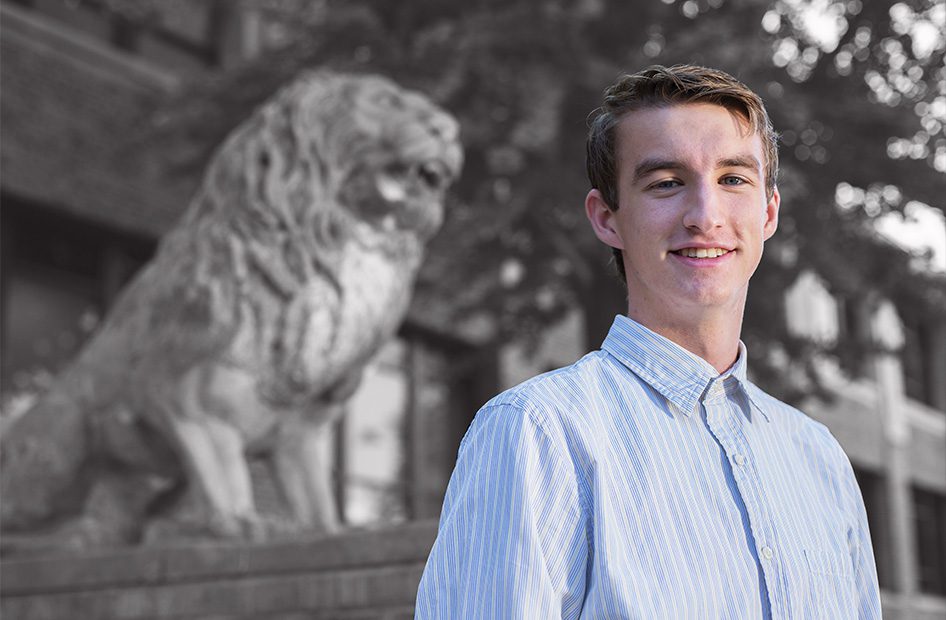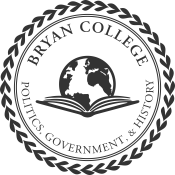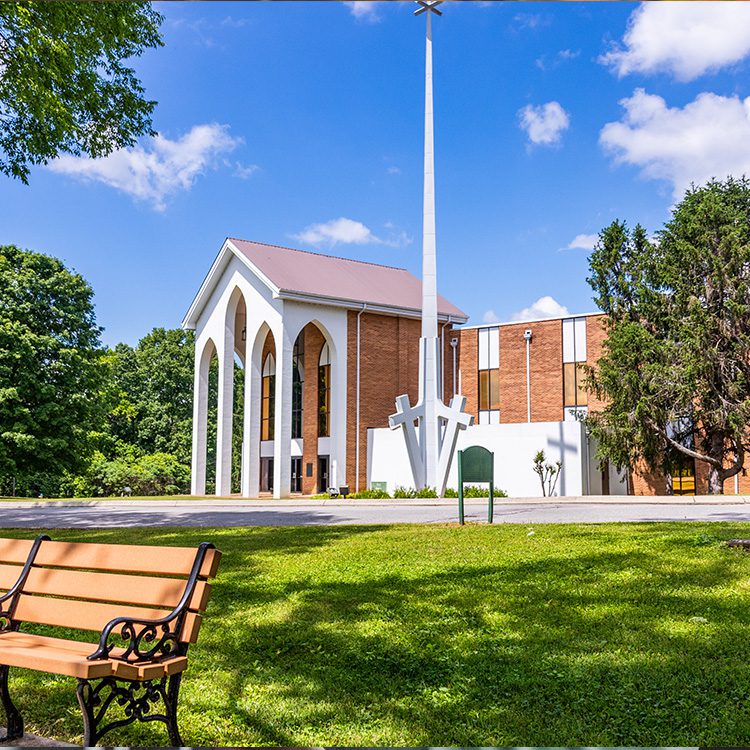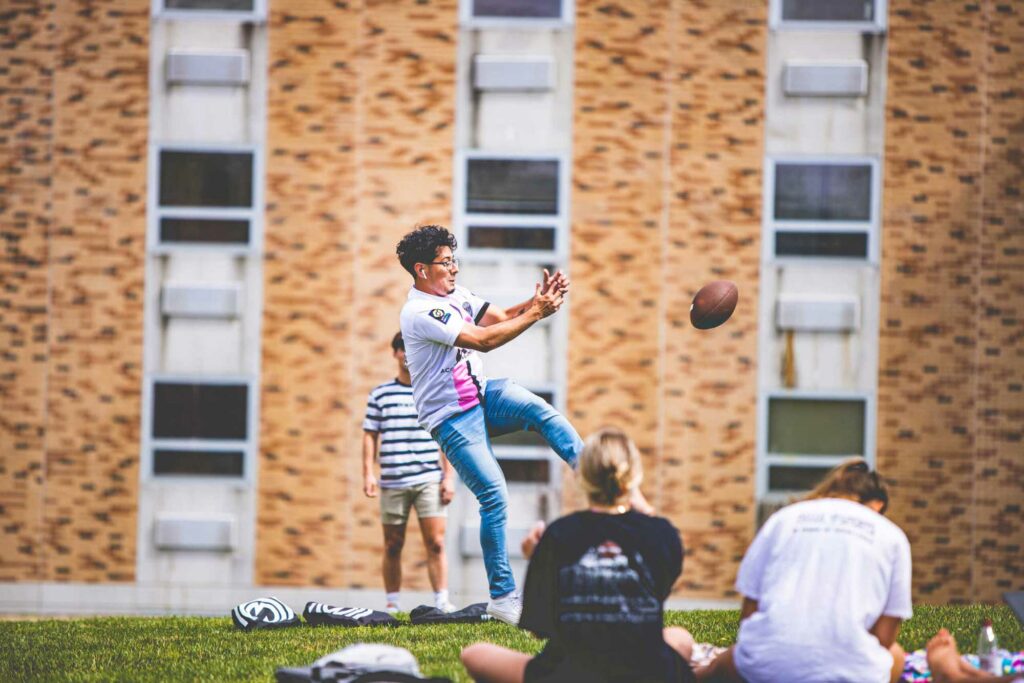Bryan College Politics, Government, & History Program
We will prepare you to explore the past as a Christian historian who understands that the Creator God is a God of order, and being made in His image gives you the opportunity to search for truth and understand the world around you. This Christian worldview education gives you a great advantage that many in our culture do not have.

Searching Degrees...
location:On Campus
field of study:History
location:On Campus
field of study:Politics, Government & History
location:On Campus
field of study:Politics, Government & History
Searching Degrees…
location:On Campus
field of study:Politics, Government & History
location:On Campus
field of study:Politics, Government & History

The faculty and staff at Bryan are committed to fostering an environment that encourages students to not only receive a well-rounded education, but to also encounter a life-changing God and discover who He has created them to be.
— Ivey Evans

Throughout the year we offer multiple unique opportunities to experience Bryan, like custom workshops, preview days, or scholarship competitions. You can also request a personalized visit and we’ll tailor a visit for you!

Office Phone: 423-775-7244
Bryan College is a small, regionally accredited Christian liberal arts college located in Dayton, TN. With both on-campus and online programs, more 50 areas of study are offered for Associate’s, Bachelor’s, Master’s and Doctorate degrees, as well as professional certificates.
Founded in 1930, Bryan College has a rich legacy of educating students to become servants of Christ and make a difference in today’s world.
© 2024 BRYAN COLLEGE